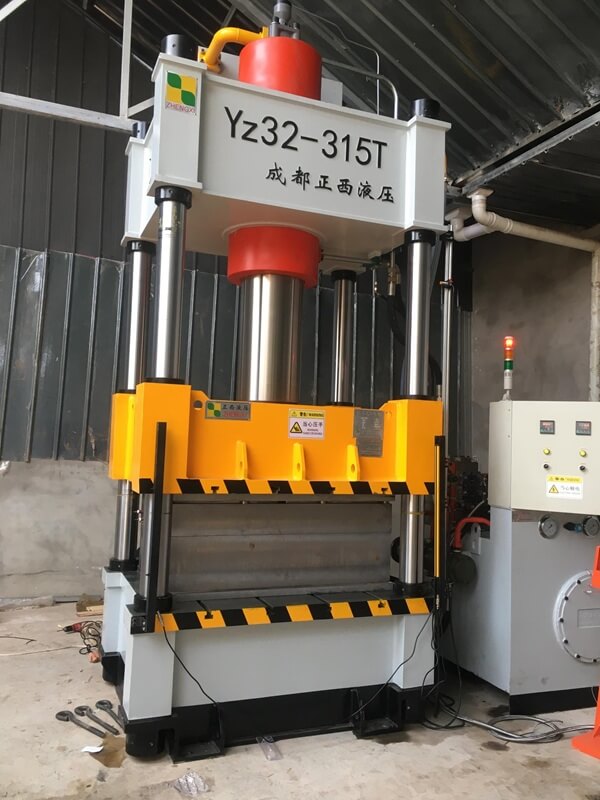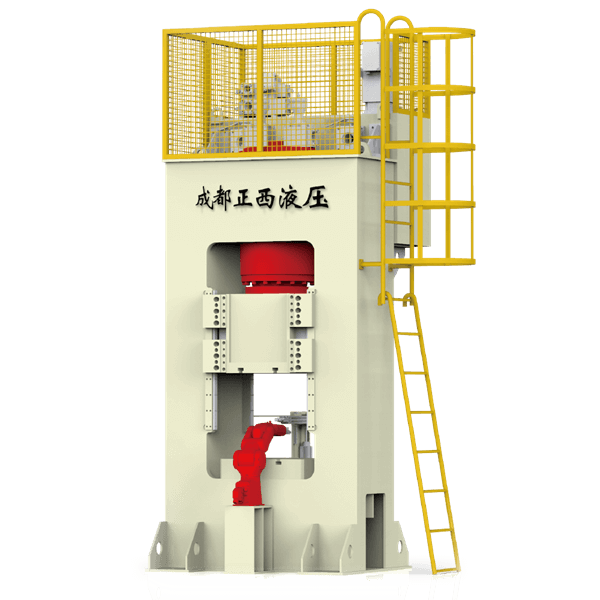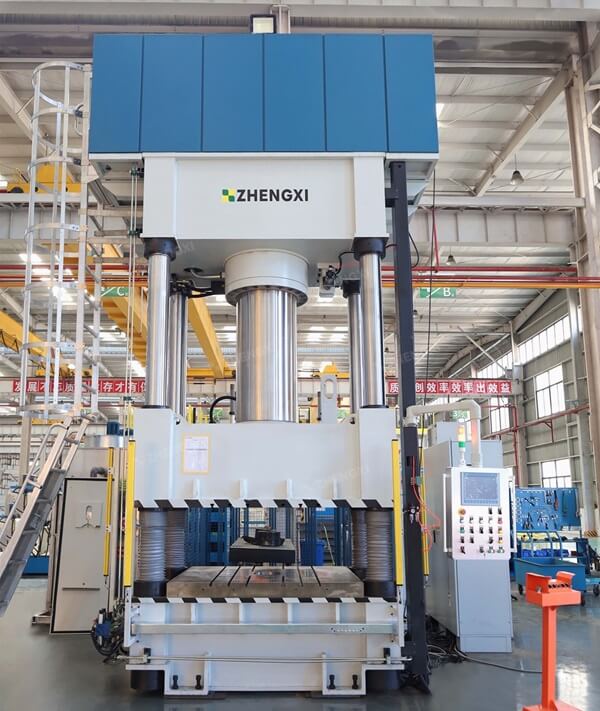Forging is a common and important process method in metal processing. Open-die and closed-die forging are two common forms. However, they have obvious differences in process principles, scope of application and product characteristics. Let’s look at the differences between these two forging methods.
Open die forging means that the die is open. In the process, the metal billet is first heated to a suitable temperature and then placed in a pre-prepared open die. The forging press performs deformation operations such as extrusion, stretching, and bending on the metal through the opening of the die to change the shape and size of the metal.
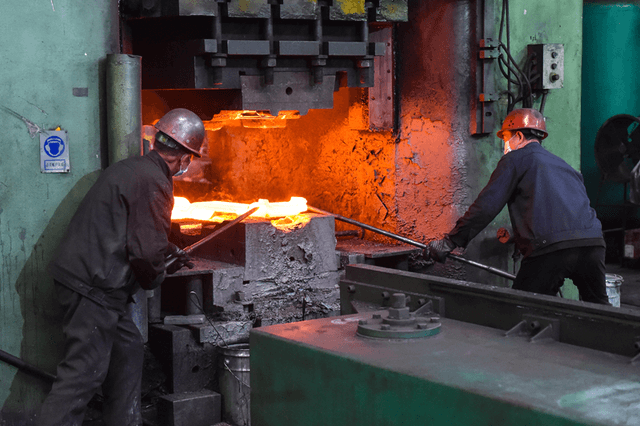
The advantage of open die forging is that the die is relatively simple to make, and the cost is low. It is suitable for the production of some simple-shaped parts, such as shafts and rods. At the same time, due to the large die opening, the metal flows more smoothly, and a better plastic deformation effect can be obtained.
Closed-die forging involves putting the metal billet into a closed die. The die of this forging method is locked. The die forging press deforms the metal inside the die. Closed-die forging can better control the flow and deformation direction of the metal, making the product more precise and with better surface quality.
Due to the closed nature of the die, closed die forging can be used to produce some parts with complex shapes, such as gears, wheels, etc. In addition, through multiple forging and extrusion, closed die forging can also improve the organizational density and mechanical properties of the metal.
From the perspective of product quality, the surface quality of closed-die forging products is usually better than that of open-die forging. Since closed-die forging can better control the flow and deformation of metal, the occurrence of surface defects is reduced. However, due to the limitation of the die opening, the metal may produce some uneven phenomena during the flow process, resulting in slightly poor surface quality.
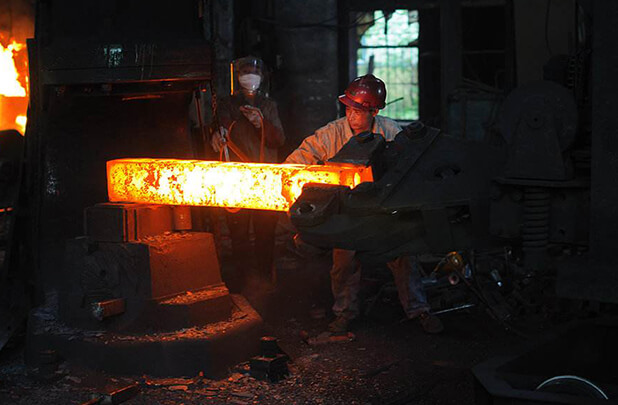
Closed die forging also has obvious advantages in terms of dimensional accuracy. Due to the closed nature and high precision requirements of the die, closed-die forging can more accurately control the size of the product to achieve a higher precision standard. However, it is relatively difficult to control the dimensional accuracy of open die forging, and there may be certain errors.
Due to their denser structure and more uniform deformation, closed-die forged parts usually have better mechanical properties than open-die forged parts. Closed-die forging can improve metal’s strength, toughness, wear resistance and other performance indicators, making it more reliable during use.
In summary, although open-die forging and closed-die forging are both forging processes, there are significant differences in mold structure, product quality, dimensional accuracy and mechanical properties: open-die forging is suitable for the production of simple-shaped parts, the cost is lower, and the metal flows smoothly.
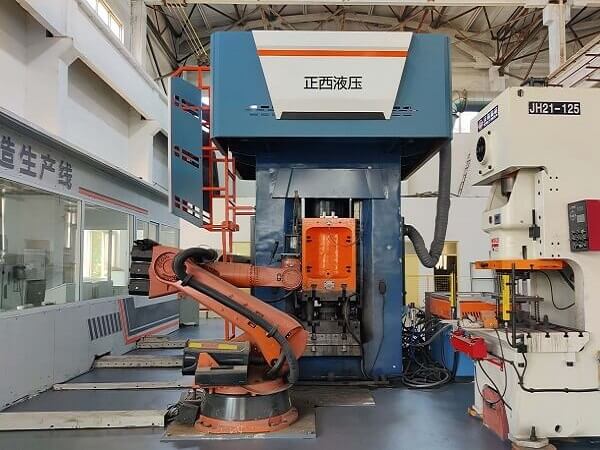
Closed-die forging is more suitable for the production of parts with complex shapes and high-precision requirements and can obtain better product quality and mechanical properties. In actual production, the appropriate forging method should be selected according to the specific requirements of the product and process conditions to achieve the best production results.
As a professional hydraulic forging press manufacturer in China, ZHENGXI provides high-quality open-die forging presses and closed-die forging machines. If you have any needs, contact us!

